Fibre optic construction process
2025-05-19
Fibre optic internet requires a new underground utility cable to be installed and there is some construction activity in your neighbourhood associated with that. There are a few steps and in some cases it may be weeks or months between each step. Here’s a quick look into the fibre optic construction process.
Step 1: Utility line locating
Shadow Internet will complete the line locating request with clickbeforeyoudig.com, a service where utilities register their underground assets. Any utilities with assets buried in the work area will be notified, and will mark their lines with temporary spray paint and flags. Locators for the gas, power, telephone, and cable companies may enter your yard to mark their underground lines even if you are not signed up for fibre. Make sure they are able to access your yard and the fence is not locked.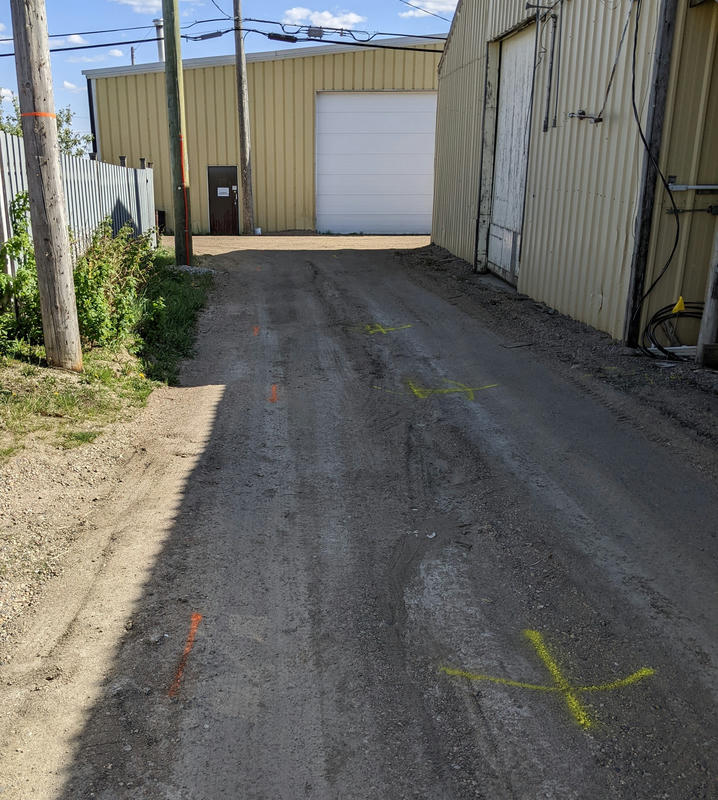
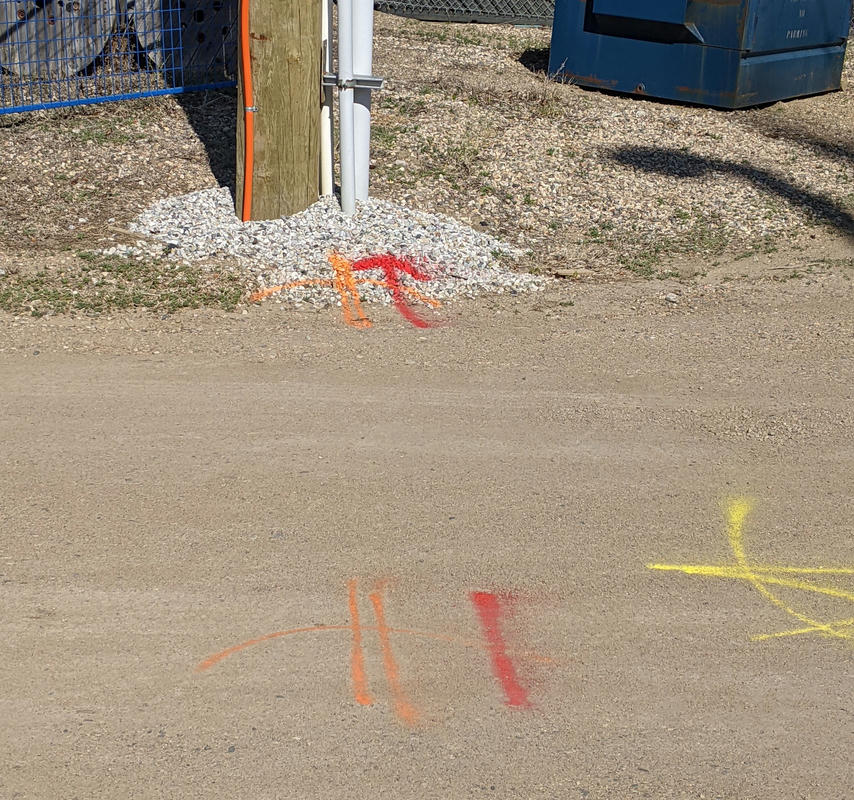
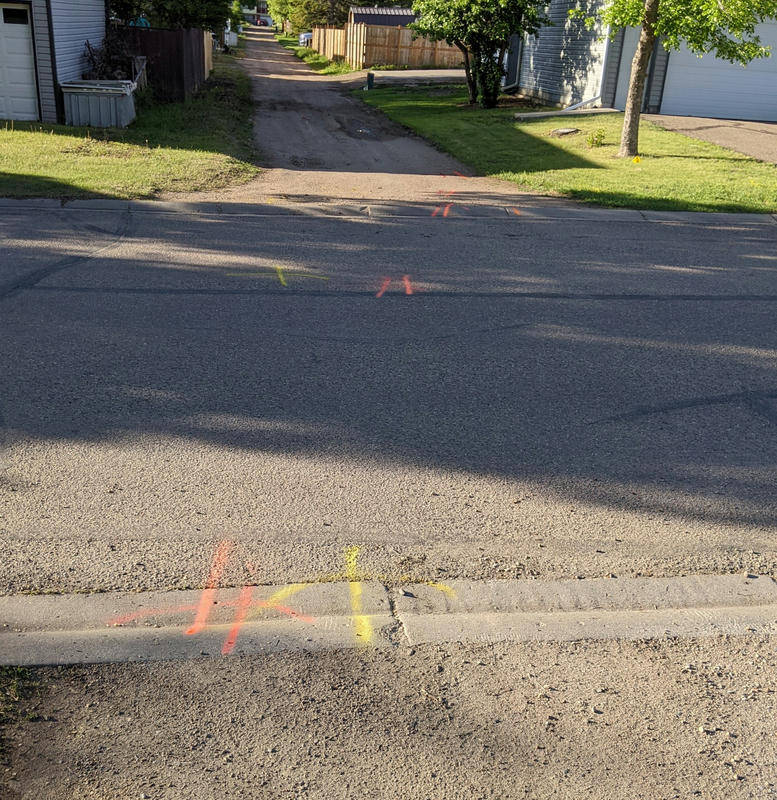
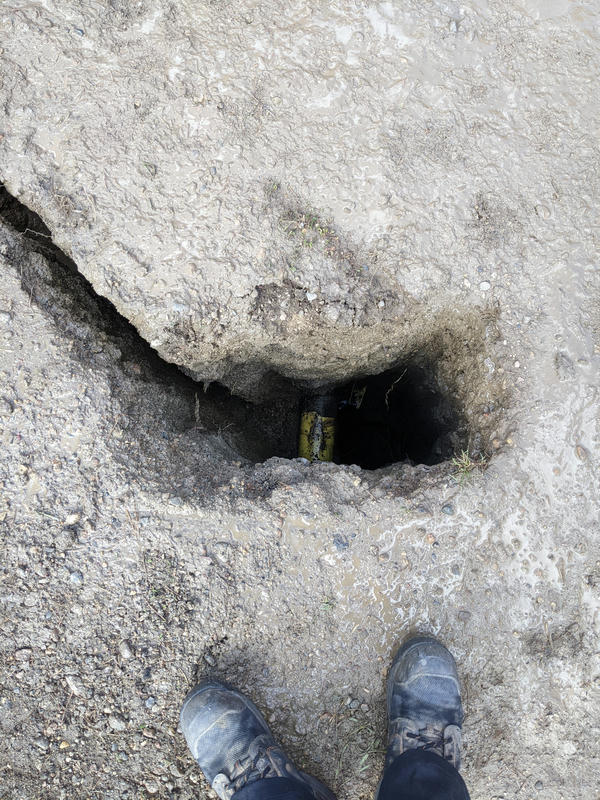
Step 2: Placing underground conduits
A conduit is installed to each house that is signed up, and then that conduit is aggregated in underground boxes in the back alley and utility right of ways. We will use a horizontal directional drilling machine to install the conduit to your home. The machine has a steerable bit that tunnels under your yard 1m deep, and then exits in a small pit dug at the house. The machine does not damage grass, and can go underneath sprinkler lines, sidewalks, etc. Typically we will install the conduit to the existing Shadow Internet cable entry, or the utility room.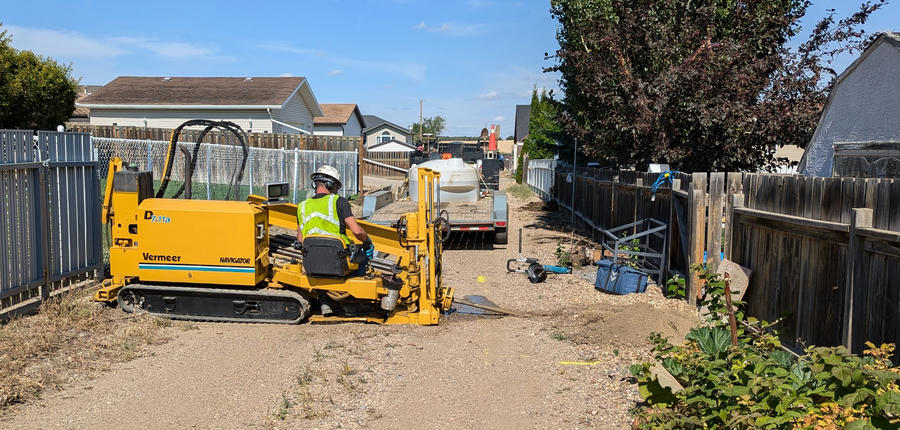
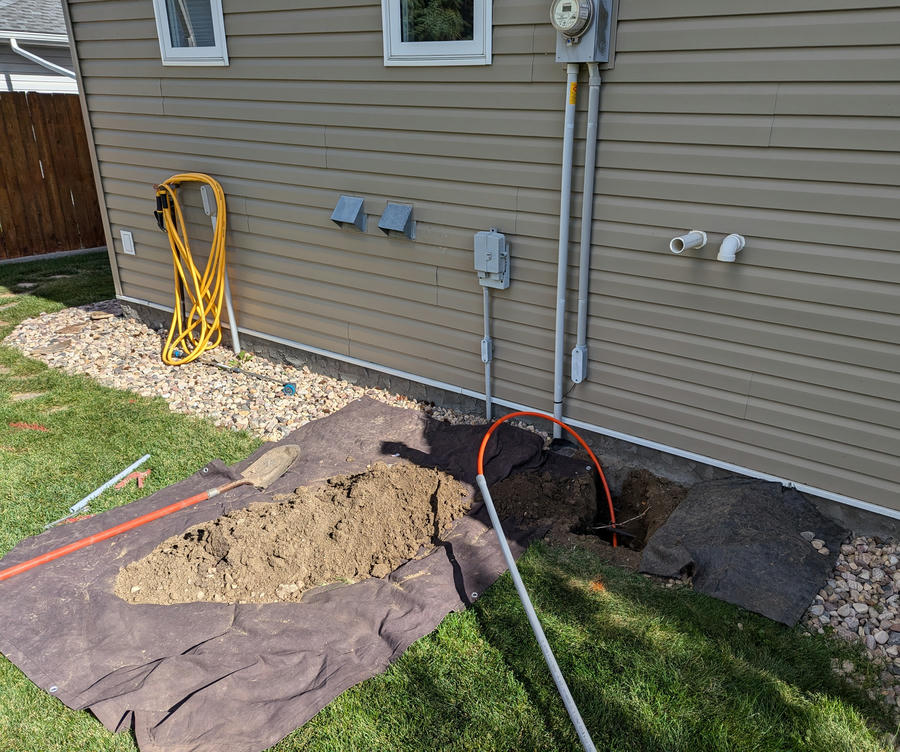
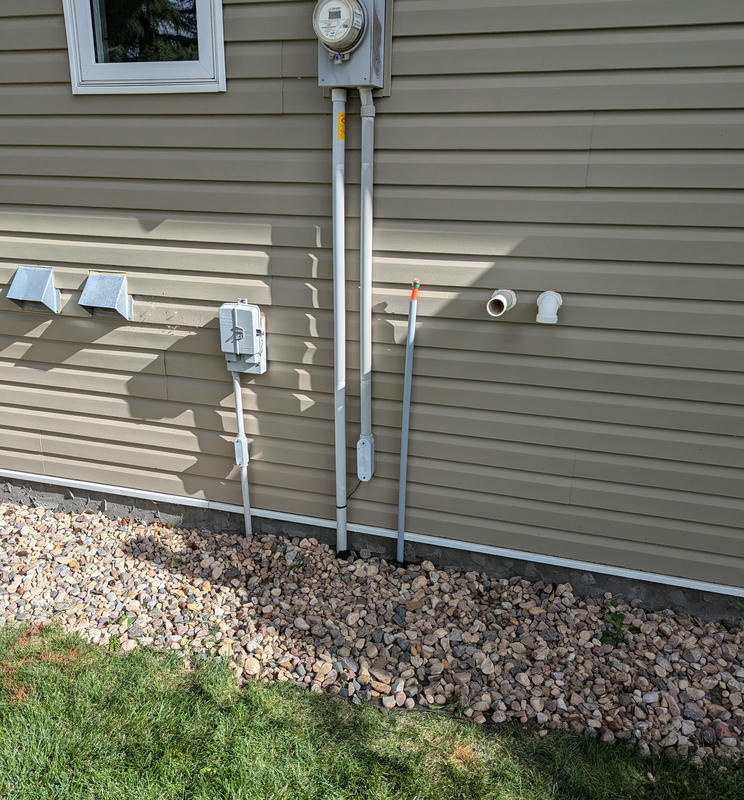
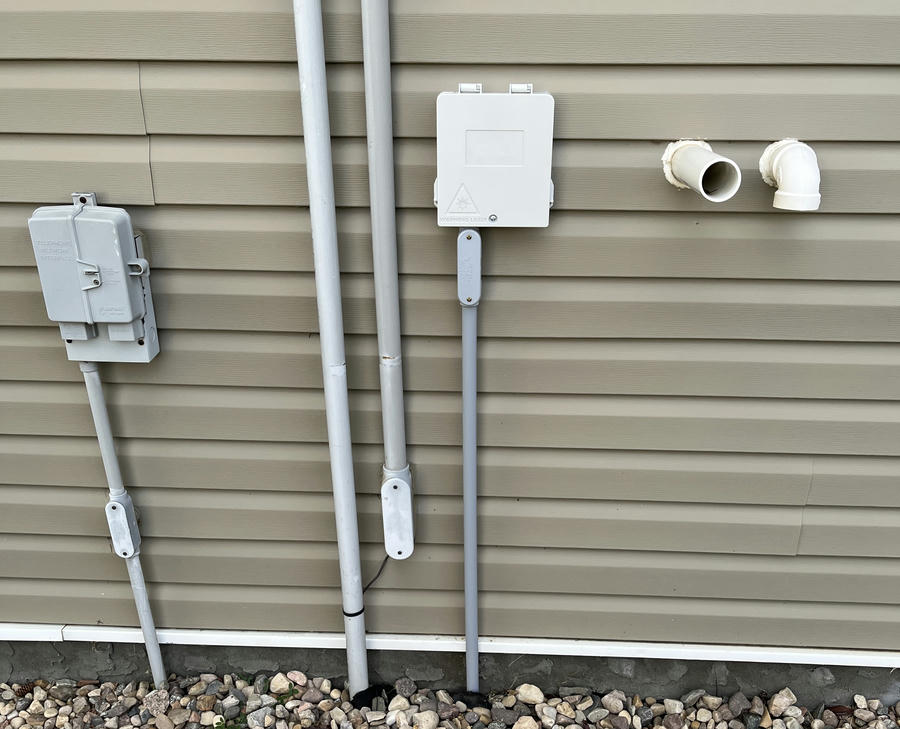
Heavy equipment will be used in the installation process and may be loud or pose other hazards to bystanders. Keep back minimum 15 metres from operating equipment. Equipment may temporarily block access to some areas, if you need immediate access get the attention of someone onsite or call 780-753-0234 and they will assist.
If you are not signed up for fibre a conduit will not be buried to your home or business. The conduit will be installed to a "flower pot" in the back alley outside your property or in the utility right of way. Fibre optic internet service will still be available in the future. After you sign up the flower pot will be removed and the conduit will be extended to your home or business.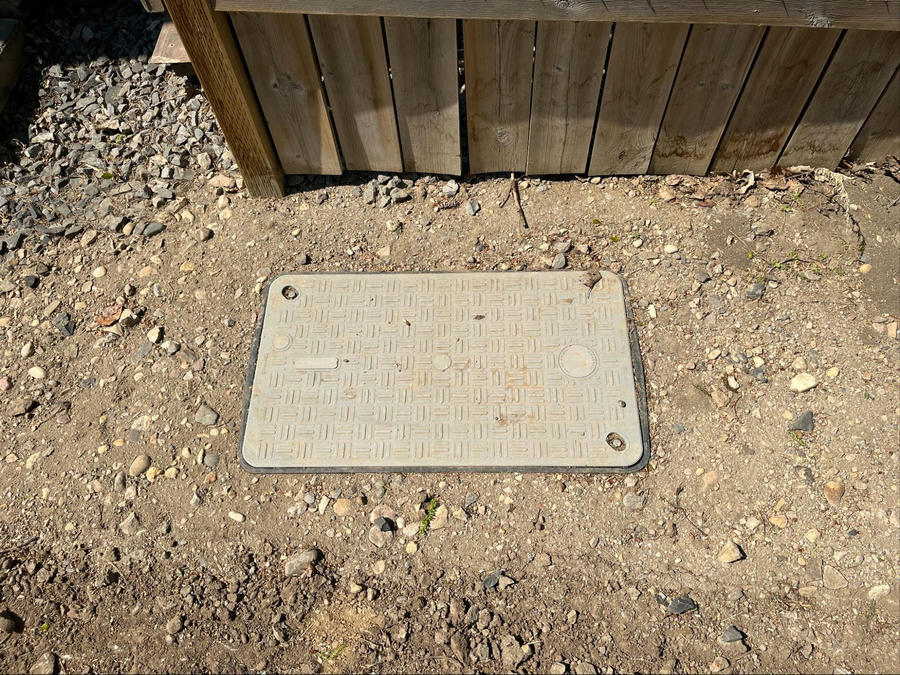
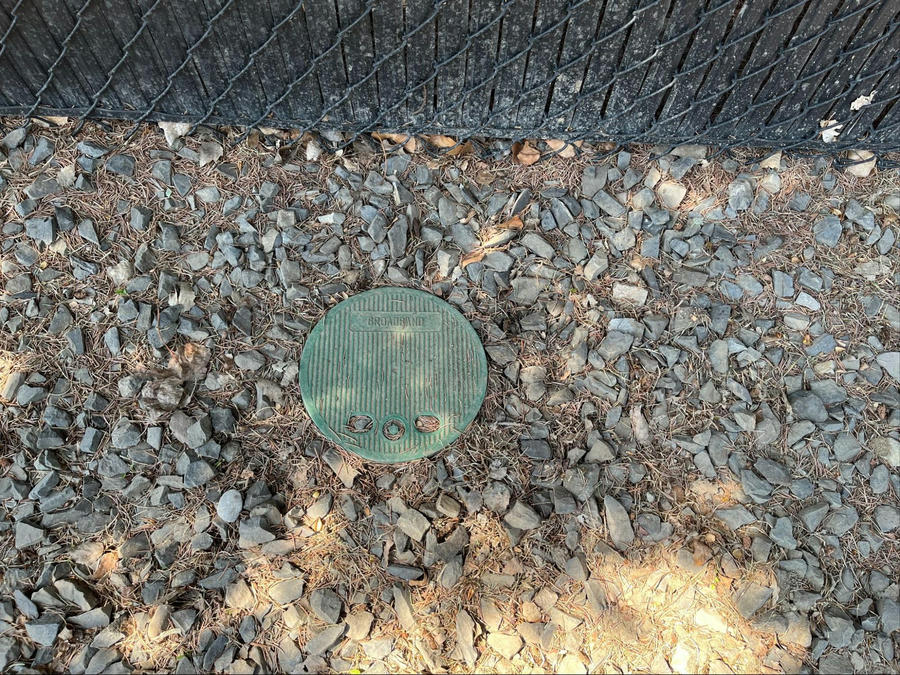
Step 3: Installing fibre optic cables into new conduits
Once the conduits are installed the fibre optic cable will be fed through and spliced on each end.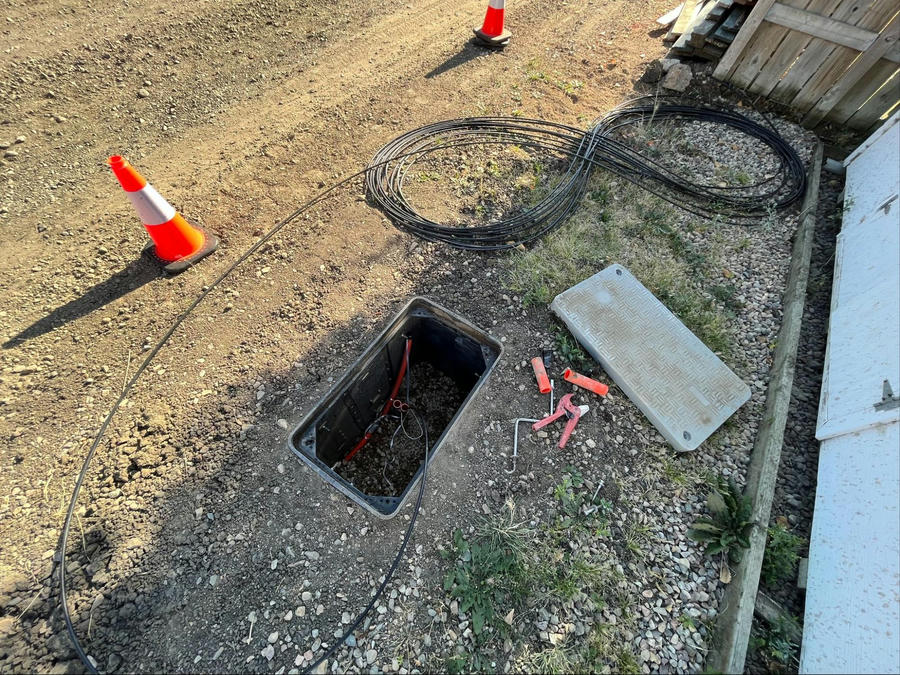

Step 4: Inside installation/upgrade
After the fibre cables are installed in the conduits an installation scheduling email will be sent where the final installation can be scheduled online. After you book an installation a fibre optic utility box will be installed outside with a fibre optic cable installed from the box to a fibre optic modem inside. A new wifi router will be installed in a central location to provide the best WiFi signal throughout the building.
Inside installations typically take 1.5 to 3 hours depending on how difficult it is to run the cable inside the building. Access to the basement, attic, or other areas may be required to run the cable. If you have existing CAT5e, or CAT6 cabling, we may be able to re-use those wires. Additional WiFi nodes are available to seemlessly extend coverage if a single router is not enough.